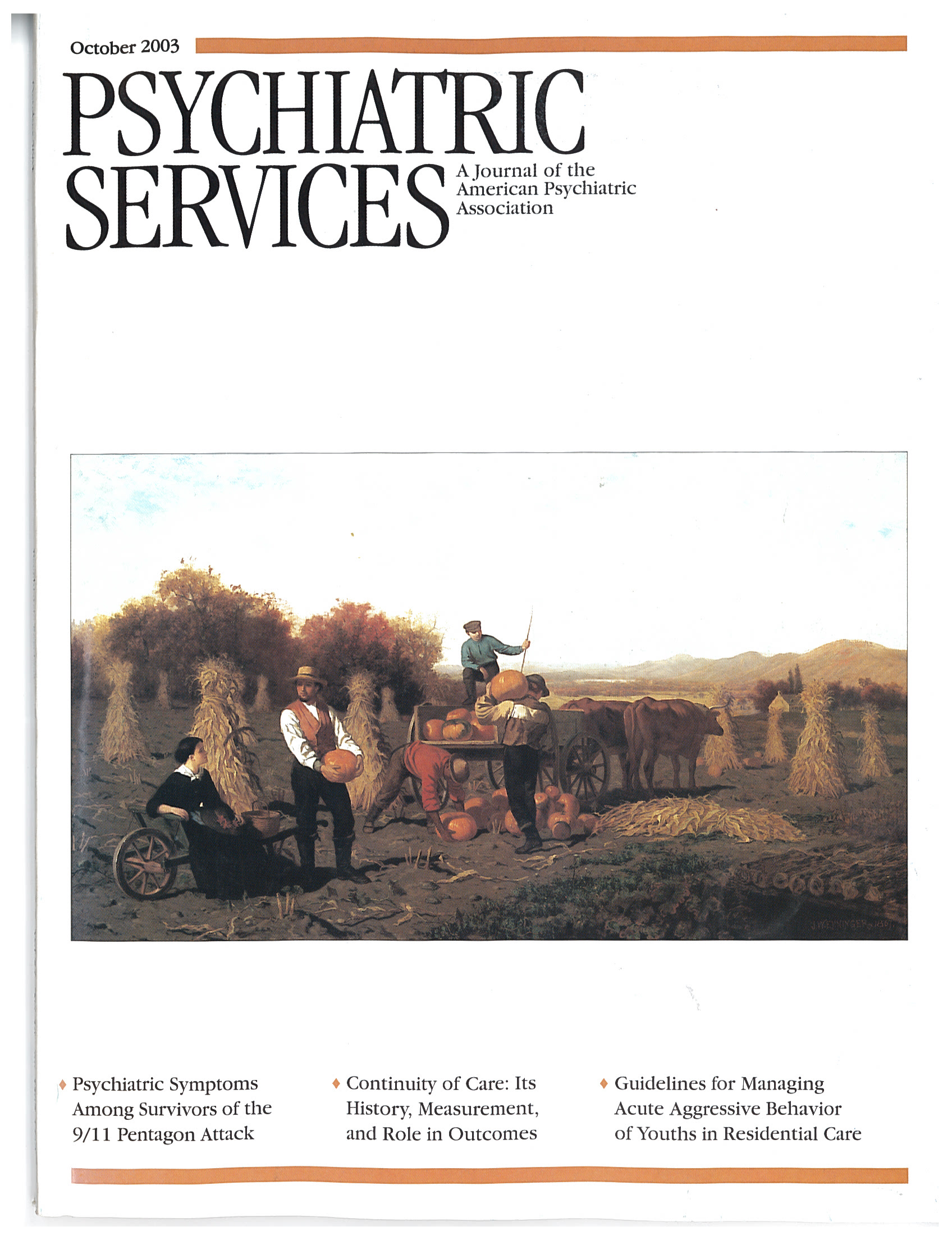Measuring Patient Satisfaction
It is very difficult to measure patient satisfaction on acute inpatient psychiatric units. The traditional method of using written surveys has a number of weaknesses. Cognitive impairment associated with acute exacerbations of schizophrenia, schizoaffective disorder, and severe depression can substantially influence patients' ability to complete these surveys, leading to inaccurate results. Unless surveys are conducted daily, a problem that can diminish patient satisfaction may persist for days before coming to the attention of staff. In many general hospitals, inpatient psychiatry is excluded from written patient satisfaction surveys, and thus the issue is ignored altogether. Yet the need to measure patient satisfaction in an accurate and timely manner persists.
After examining a number of instruments to address the measurement of patient satisfaction, Bridgeport Hospital adopted an innovative method of tracking patient satisfaction in the department of psychiatry. Our goals were to measure satisfaction on a daily basis, to use a simple and understandable method so that even impaired psychiatric patients could participate in the process, and to use an existing forum—the community meeting, which is a staple of many inpatient psychiatric units.
A meter was developed consisting of a "satisfaction board," which includes an arrow that can be used to point to any of five levels of patient satisfaction: outstanding, almost perfect, okay, could be better, and "the pits." The board is permanently mounted in the room where the community meeting takes place. As a regular part of the meeting, patients are asked to reflect on the factors that have influenced their satisfaction for the previous 24 hours. Patients are provided with some examples of such factors, such as the friendliness of staff, the quality of the group sessions they have attended, their feeling of safety while on the unit, the quality of meals and snacks, and patients' involvement in their own treatment plans. To ensure comparability from one day to the next, care is taken to repeat the instructions in the same manner each time. All patients are asked to indicate their level of satisfaction by raising their hands as each of the five levels of satisfaction is identified. A consensus level of satisfaction is then determined, and the arrow is moved to point to that level.
Patients are then asked to identify specific areas that have had a positive or a negative impact on their satisfaction. Care is taken to assure patients that their opinions and feedback are important. Examples of the changes made as a result of this process are cited to reinforce for patients that this is an open and nonpunitive process. Such changes include more consistent implementation of individual sessions with assigned staff, greater choice in meal selections, the development of a more efficient method of storing patients' personal belongings, and improved timeliness of staff response to patients' needs throughout the day.
Negative ratings are reviewed by the treatment team after the community meeting. Corrective action taken in response to these ratings is reported to the patients at the next day's meeting. Positive ratings are also reviewed by the treatment team and serve as reinforcement for staff, which enhances staff morale.
Patients have told us that the process of being asked for their opinions is as important to them as is the eventual resolution of their concerns. In many ways, measuring and responding to patient satisfaction has become a therapeutic process in itself.
The hospital's leadership has recognized that this process allows for accurate and immediate feedback on a daily basis, provides a method for correcting problems quickly, offers feedback to patients about corrective actions taken, and assures patients that their satisfaction is genuinely important, a concept that is too often overlooked in inpatient psychiatry.
The authors are affiliated with the department of inpatient psychiatry of Bridgeport Hospital, 267 Grant Street, Bridgeport, Connecticut 06610-0120.



